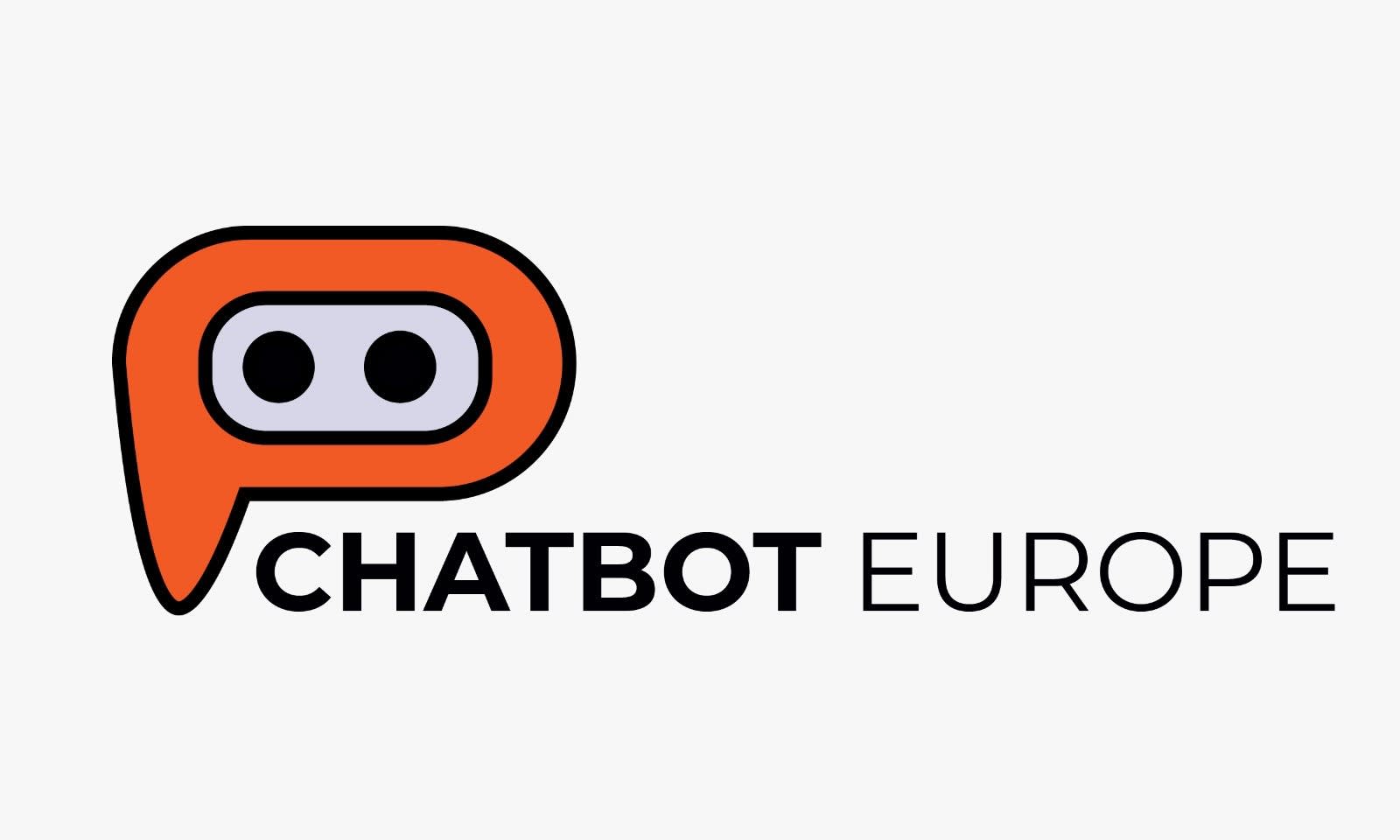
Published on January 8, 2018
Chatbots are booming, as you can see in their fast entry into the market of companies, government agencies and educational institutions. As Gartner’s research director Revang points out, Chatbots’ broad appeal comes from the efficiency and easy interaction they create for employees, customers and other users. They can therefore have a great influence on the contact that one has with your brand. And although the Chatbot hype is mainly focused on customer contact, the bots can also very well be applied to the internal organization of a company. Chatbots are good at supporting both customers and employees. Would you like to know how? In this article we explain what Chatbots can do for your company.
Chatbots are diverse and can be integrated in many different ways within a company, depending on the wishes of employees and customers. Gartner gives 4 examples of the use of Chatbots in companies:
But these are just a few examples, Chatbots are very diverse and the possibilities are almost infinite. According to Dell Technologies, Chatbots can also support employees in booking business trips, managing todo lists, paying suppliers, sending invoices, organizing databases and answering HR questions.
When you integrate a Chatbot into your company, you can either choose to replace the existing systems or to integrate the bot and further enforce the system. Replacement is often easier because the bots do not have to be integrated into the existing processes, because it is sometimes easier to start from scratch and build a new system. But with reinforcement you can actually improve an existing process by making it more flexible, compliant, more accessible and easier for users. Both options have their advantages, because companies often benefit from solutions that use the current processes that further strengthen the company’s system. On the contrary, it may also be the case that more innovative solutions require a new system for it to be able to actually improve productivity.
There are different types of Chatbots, from simple to advanced. The complexity of the system of the bot therefore determines the price of its development, the prices of Chatbots vary considerably. Easier text-based Q&A bots are often cheaper to implement than an artificial-intelligence system that helps users with bookings. Therefore, developing a good Chatbot is an investment, but in the future you will save on costs because the bot will strengthen customer loyalty and stimulate sales.
However, we also have to be realistic: Chatbots are not perfect. Just as employees fail and make mistakes, this is also the case for a bot. A Chatbot has its limitations and may not meet all expectations, it is therefore good to apply the bot mainly to certain specific tasks for which it is really developed. Because, as Dell Technologies states, “Although technology for understanding natural languages is improving, Chatbots are currently best for structured or scripted interactions, and companies must avoid becoming overambitious with the reach of Chatbot features.”
In short, Chatbots have a great potential that in the coming years will be further developed and enjoyed. It is, however, crucial that a company is aware of the strengths of their bot and the needs of both customers and employees. When they really learn to respond to this, the Chatbot can make a big difference.

We proudly present the new chatbot of...

Nowadays, companies use messaging apps as an...

2017 was really the year of the...

The 3rd Employee Experience Summit will soon...

Chatbots.expert is delighted to announce that Jan-Willem...

For many people, visiting the websites of...